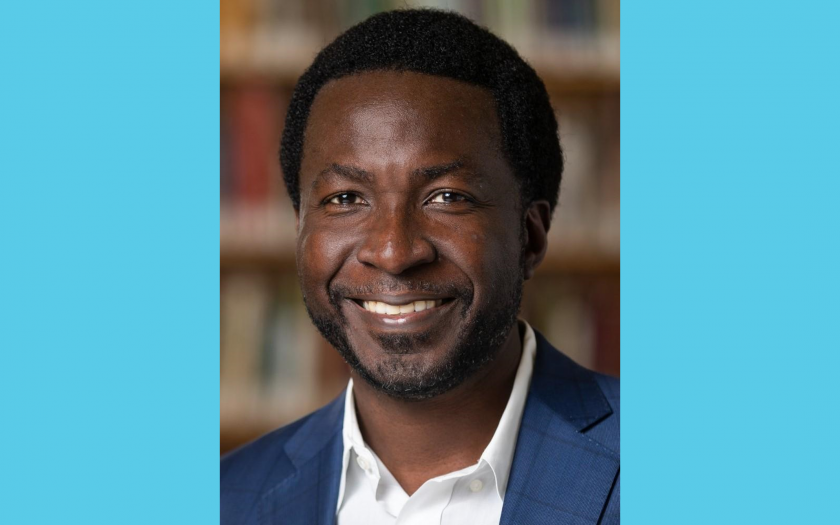
Since a very young age, Dr. Toussaint had an attraction to technology and science. He loved tearing apart his electronics and tried putting them back together. This made him realize that his future field he would involve inventing new things. Even though he is not a biomedical engineer by training, his knowledge in microscopy and imaging biological tissues allow for a natural fit with the biomedical department. He is more than excited to combine the different skill sets and perspectives with researchers who are looking at the other side of the equation.
His proudest publication is his most recentone on the role of electron beam scanning on tissues. Rarely has his research had an opportunity to affect or dictate what happens. His latest project is of dual purpose: diagnostics and its potential in tissue repair. This has helped launch a whole new area of research for his group that he is eager to pursue. Dr. Toussaint chooses the projects his group works on based on a complex matrix. This matrix is based on several factors: the biggest one being his love and excitement for the topic, allowing him to push at it. The other factors consider the overlap of the students’ skill sets and passion. He usually likes to floor out a project to his team, figure out what works or doesn’t, and then the student takes the project to a whole new level. When his projects go in positive directions he did not predict, he considers that to be a success.
When asked about whether he has had any failed experiments, Dr. Toussaint laughed and said that it’s a part of being an experimentalist! He emphasizes that as a researcher, it is safe to say that most experiments do not work; definitely not the first time. The biggest challenge young student researchers have to overcome is in understanding that. “It is very easy to be discouraged. Especially when you put a lot of time and effort into an experiment in which the results don’t come out. But actually, that’s what most of science is about: the experimentation. The times when you do find the results you want, you celebrate and you build upon it and publish papers. There is a growing recognition in various fields in discussing the pitfalls of experiments which is as valuable as proving a hypothesis. Once you get into a zone, you become better and you keep at it. At some point, things start clicking and its awesome. Failure is a part of a growing researcher.”
He encourages young researchers to be passionate about where research can take them in terms of their personal aspirations. “Your research should be the kind of stuff that keeps you up at night!” He suggests being borderline dogmatic so as to attack the several pitfalls of the research, and not to be afraid to fall. The last thing he recommends is to be able to constructively interact with fellow students and learn from their questions to help expand your local research universe.
We are looking forward to being a part of Dr. Toussaint's local research universe at Brown.